10 Creatures That Look Like They Belong in a Fantasy Movie
In a world where the lines between reality and imagination often blur, the allure of mythical creatures has captivated human minds for centuries. From ancient folklore to modern cinematic creations, these fantastical beings have sparked the imagination of storytellers and audiences alike. But what if some of these creatures were not entirely fictional? What if the natural world harbors beings so extraordinary that they seem to have leaped straight from the pages of a fantasy novel or the frames of a blockbuster movie? In this exploration, we delve into the fascinating realm of creatures that challenge our perceptions, inviting us to ponder the mysteries of the natural world and the depths of human creativity. The creatures we will explore are not mere flights of fancy; they are real, living entities that embody the magic and wonder often reserved for the realm of fantasy. Their extraordinary adaptations and unique appearances have inspired countless myths and legends, blurring the lines between what is known and what is imagined. As we embark on this journey, we will not only uncover the scientific marvels behind these beings but also examine the cultural significance and mythological tales that have elevated them to legendary status.
1. The Majestic Narwhal: Unicorns of the Sea
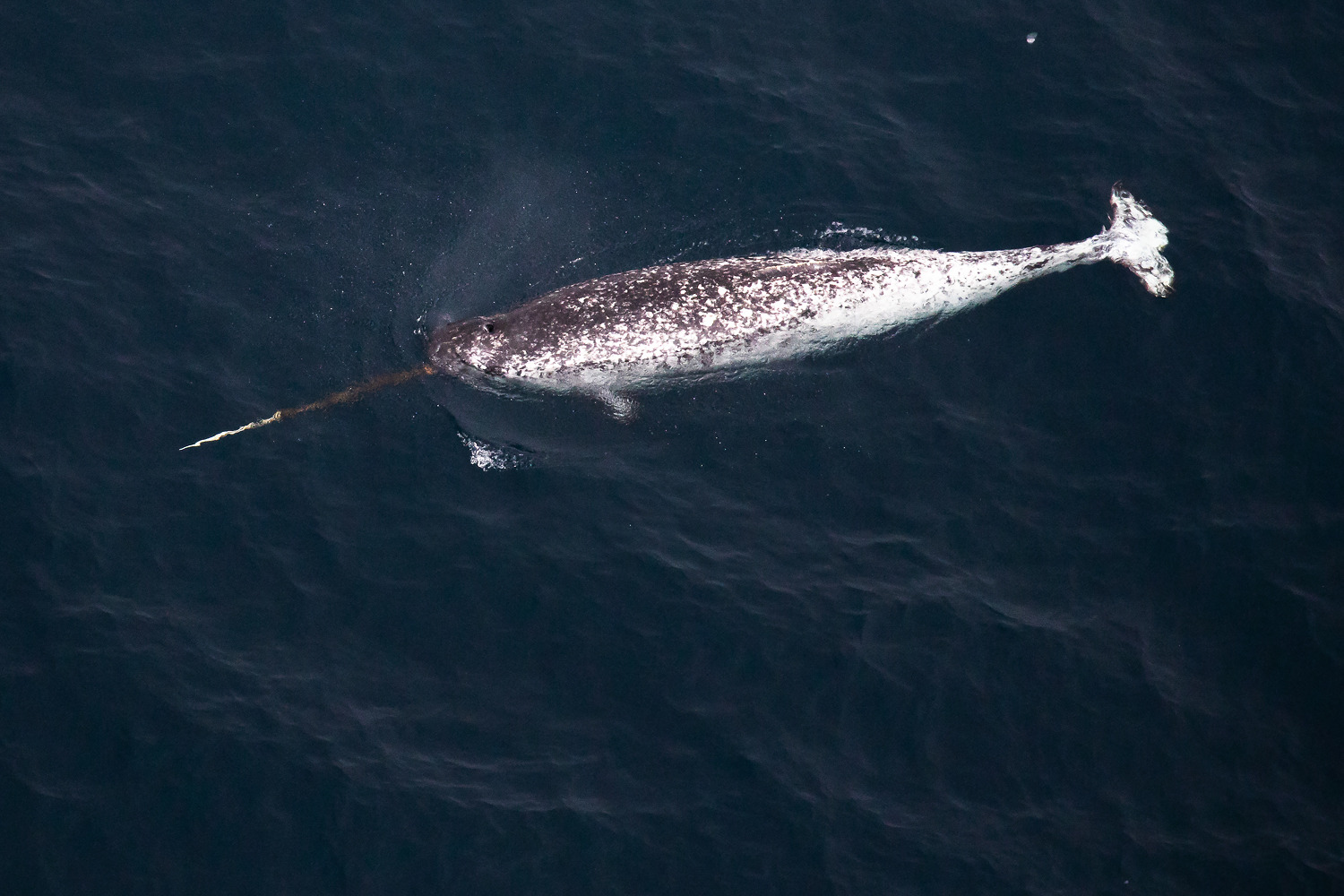
The narwhal, often dubbed the "unicorn of the sea," is a prime example of how reality can mirror fantasy. These enigmatic creatures inhabit the icy waters of the Arctic and are renowned for their long, spiraled tusks, which can reach lengths of up to ten feet. The tusk, actually an elongated tooth, has given rise to numerous legends and myths, with some cultures believing it to possess magical properties. Scientifically, the narwhal's tusk is a sensory organ, containing millions of nerve endings that help the animal detect changes in its environment. This adaptation is crucial for survival in the harsh Arctic conditions, allowing narwhals to navigate and hunt beneath the thick ice. Despite their mythical appearance, narwhals are very much real, and their existence continues to inspire awe and wonder. Culturally, narwhals have been revered by indigenous Arctic communities for centuries. They feature prominently in Inuit mythology, often symbolizing strength and resilience. The narwhal's tusk was historically traded as "unicorn horn," believed to have healing powers. This blend of scientific intrigue and cultural significance makes the narwhal a fascinating creature that bridges the gap between reality and imagination.
2. The Elusive Okapi: Forest Phantom
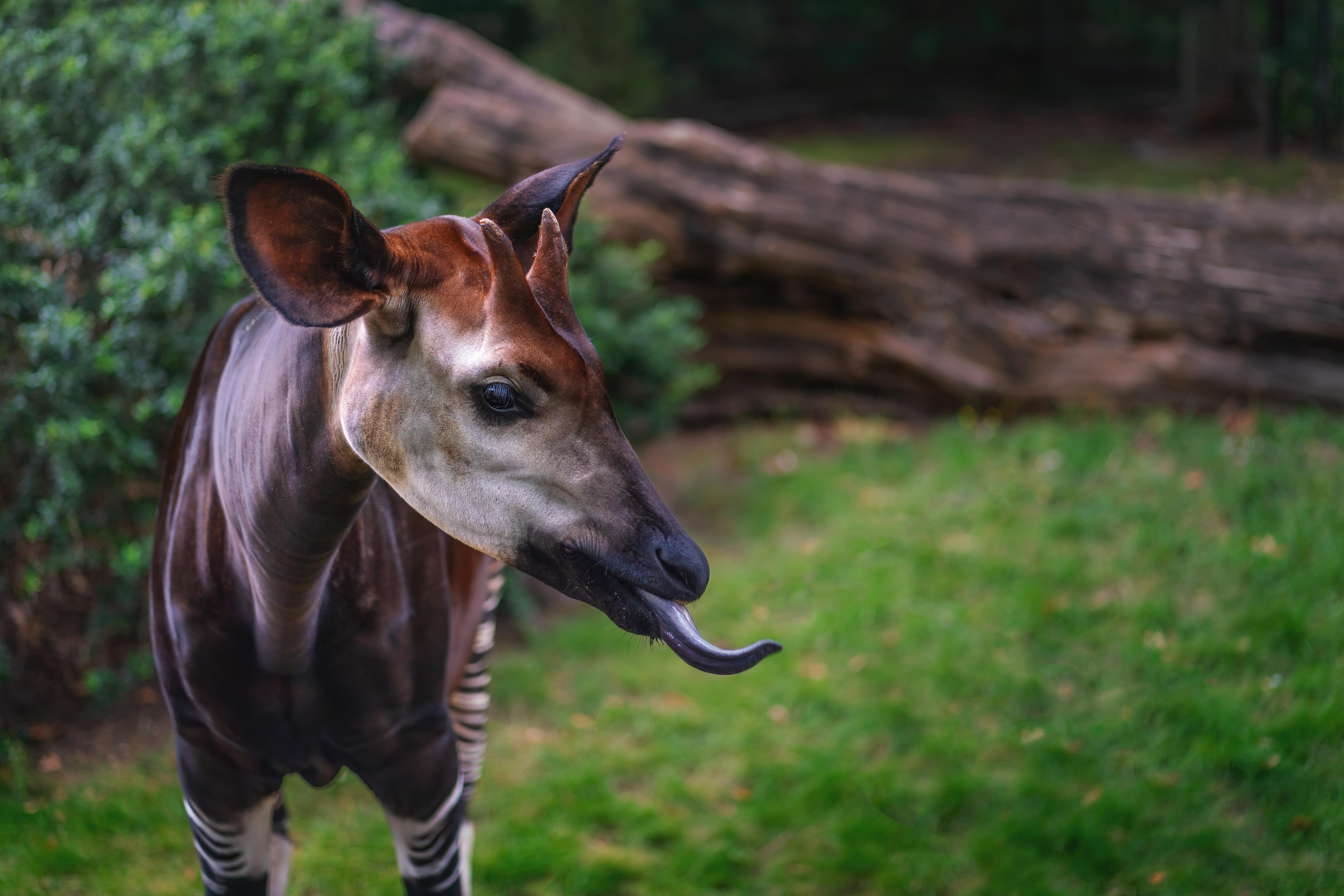
Deep within the dense rainforests of Central Africa resides the okapi, a creature so elusive that it was once considered a myth. Often referred to as the "forest giraffe," the okapi boasts a striking appearance with its zebra-like stripes and giraffe-like body, making it a living enigma that seems plucked from a storybook. The okapi's unique adaptations are a testament to nature's ingenuity. Its long neck and prehensile tongue allow it to reach foliage high in the forest canopy, while its keen sense of hearing helps it detect predators. Despite its zebra-like markings, the okapi is more closely related to the giraffe, sharing a common ancestor millions of years ago. Discovered by Western scientists only in the early 20th century, the okapi has since become a symbol of the hidden wonders of the natural world. In local folklore, the okapi is often depicted as a guardian of the forest, a creature that embodies the mystery and magic of the jungle. Its existence challenges our understanding of biodiversity and reminds us of the countless secrets that nature still holds.
3. The Mysterious Axolotl: Regeneration Marvel
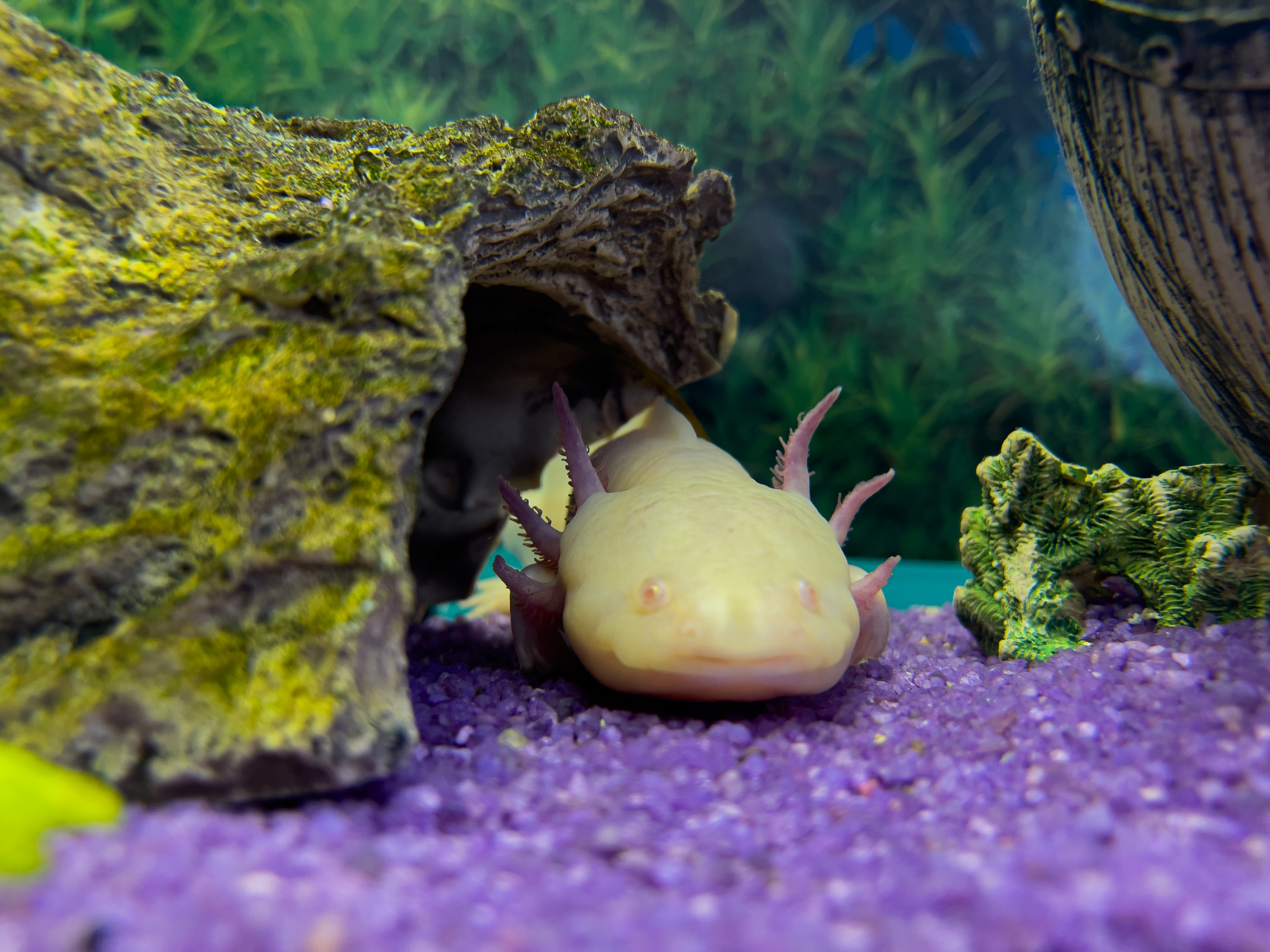
The axolotl, a unique amphibian native to the lakes of Mexico, defies the conventional life cycle of amphibians. Unlike most of its relatives, the axolotl retains its larval features throughout its life, a phenomenon known as neoteny. This trait, coupled with its remarkable ability to regenerate lost body parts, has earned the axolotl a place in both scientific research and folklore. Axolotls possess the extraordinary capability to regenerate entire limbs, spinal cords, and even parts of their hearts and brains. This regenerative prowess has made them a subject of intense scientific study, with researchers hoping to unlock the secrets of regeneration for medical advancements. In the realm of imagination, this ability has inspired tales of immortality and rebirth. Culturally, the axolotl holds a special place in Aztec mythology, where it is associated with the god Xolotl, a deity linked to lightning and death. The axolotl's unique characteristics and mythical connections make it a true marvel of nature, blurring the lines between the possible and the fantastical.
4. The Enigmatic Platypus: Nature's Puzzle
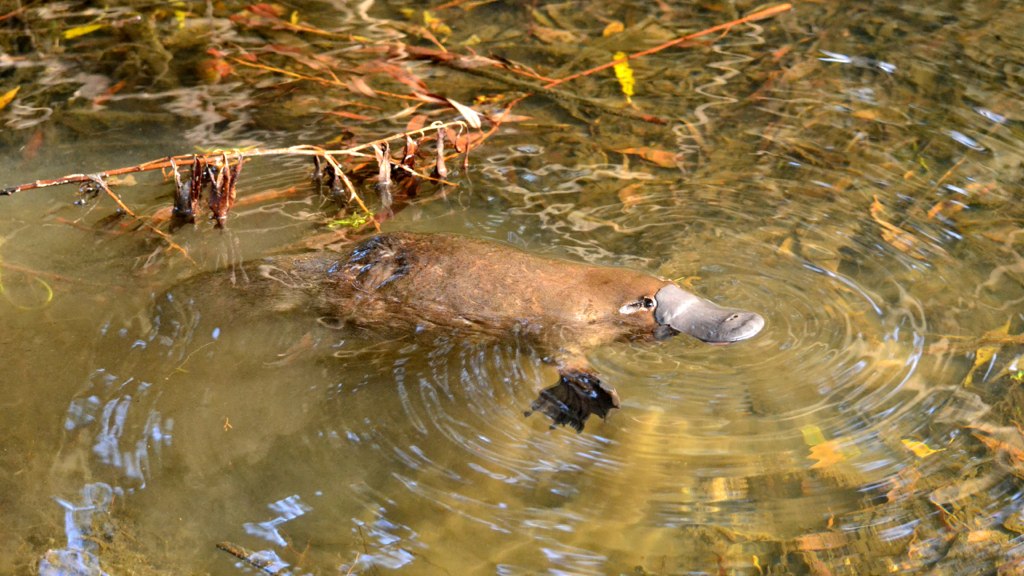
The platypus is perhaps one of the most perplexing creatures on Earth, embodying a blend of characteristics that seem to defy logic. Native to Australia, the platypus possesses a duck-like bill, webbed feet, and the ability to lay eggs, all while being a mammal. This bizarre combination of traits has puzzled scientists and inspired countless stories about its origins. From a biological standpoint, the platypus is a monotreme, an ancient lineage of egg-laying mammals. Its bill is equipped with electroreceptors, allowing it to detect prey in murky waters, while its venomous spur serves as a defense mechanism. These adaptations highlight the platypus's evolutionary uniqueness and its ability to thrive in diverse environments. In Aboriginal mythology, the platypus is often seen as a symbol of adaptability and survival, embodying the balance between land and water. Its peculiar appearance and behavior have made it a subject of fascination and wonder, bridging the gap between the known and the unknown. The platypus serves as a reminder of the diversity and complexity of life on Earth, challenging our perceptions of what is possible.
5. The Bewitching Mantis Shrimp: Underwater Warrior
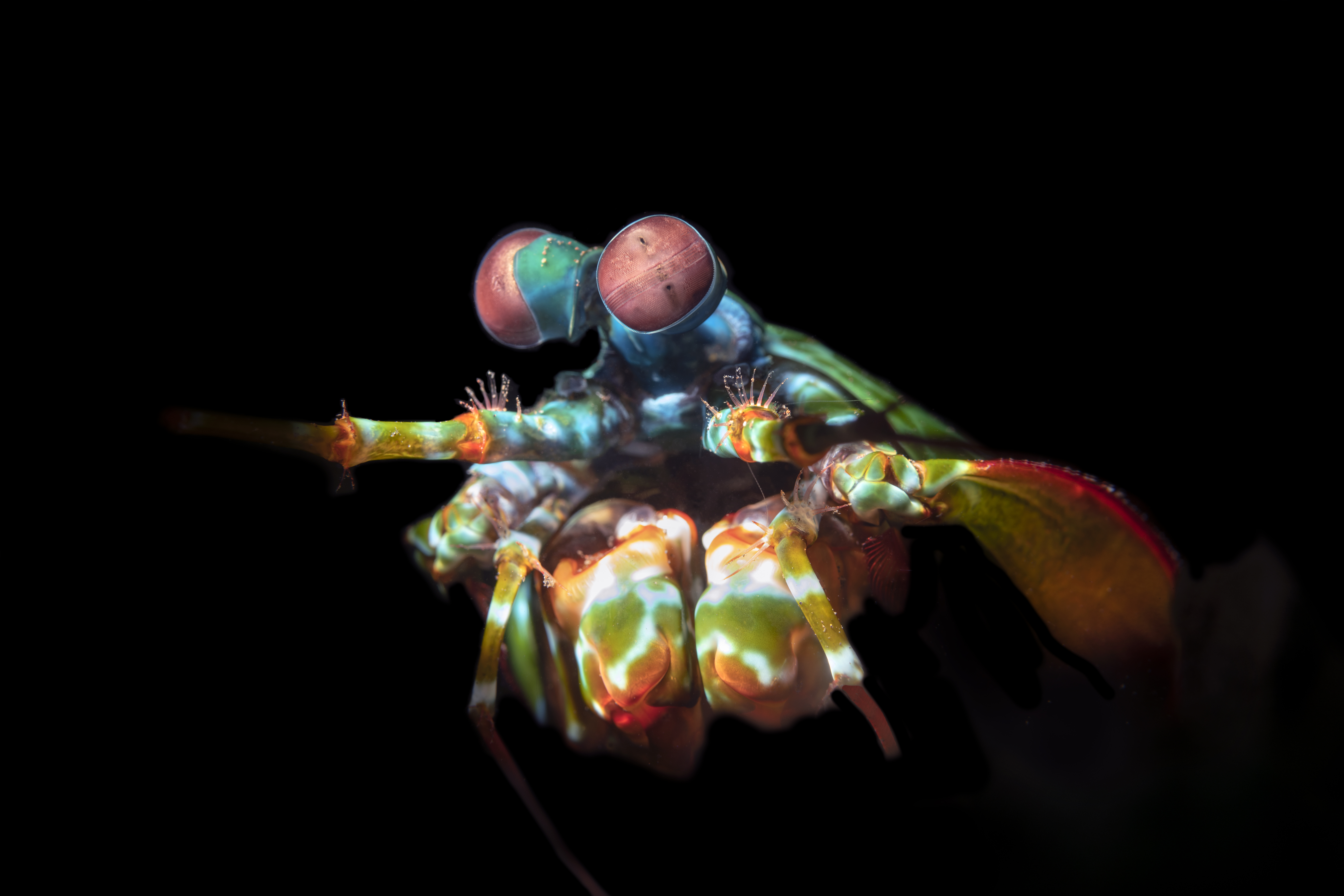
The mantis shrimp is a creature of vivid colors and extraordinary abilities, residing in the warm, shallow waters of the Indo-Pacific. Despite its small size, the mantis shrimp possesses one of the most powerful punches in the animal kingdom, capable of breaking glass and stunning prey with incredible speed. This formidable punch is achieved through a specialized appendage that accelerates with the force of a bullet, creating cavitation bubbles that produce shockwaves. The mantis shrimp's eyes are equally remarkable, capable of detecting polarized light and perceiving a spectrum of colors far beyond human capability. These adaptations make the mantis shrimp a true marvel of evolution. In various cultures, the mantis shrimp is viewed as a symbol of strength and resilience, often featured in art and folklore. Its vibrant appearance and extraordinary abilities have inspired tales of underwater warriors and mythical guardians of the sea. The mantis shrimp's existence challenges our understanding of the natural world and the limits of biological adaptation.
6. The Legendary Komodo Dragon: Island Giant
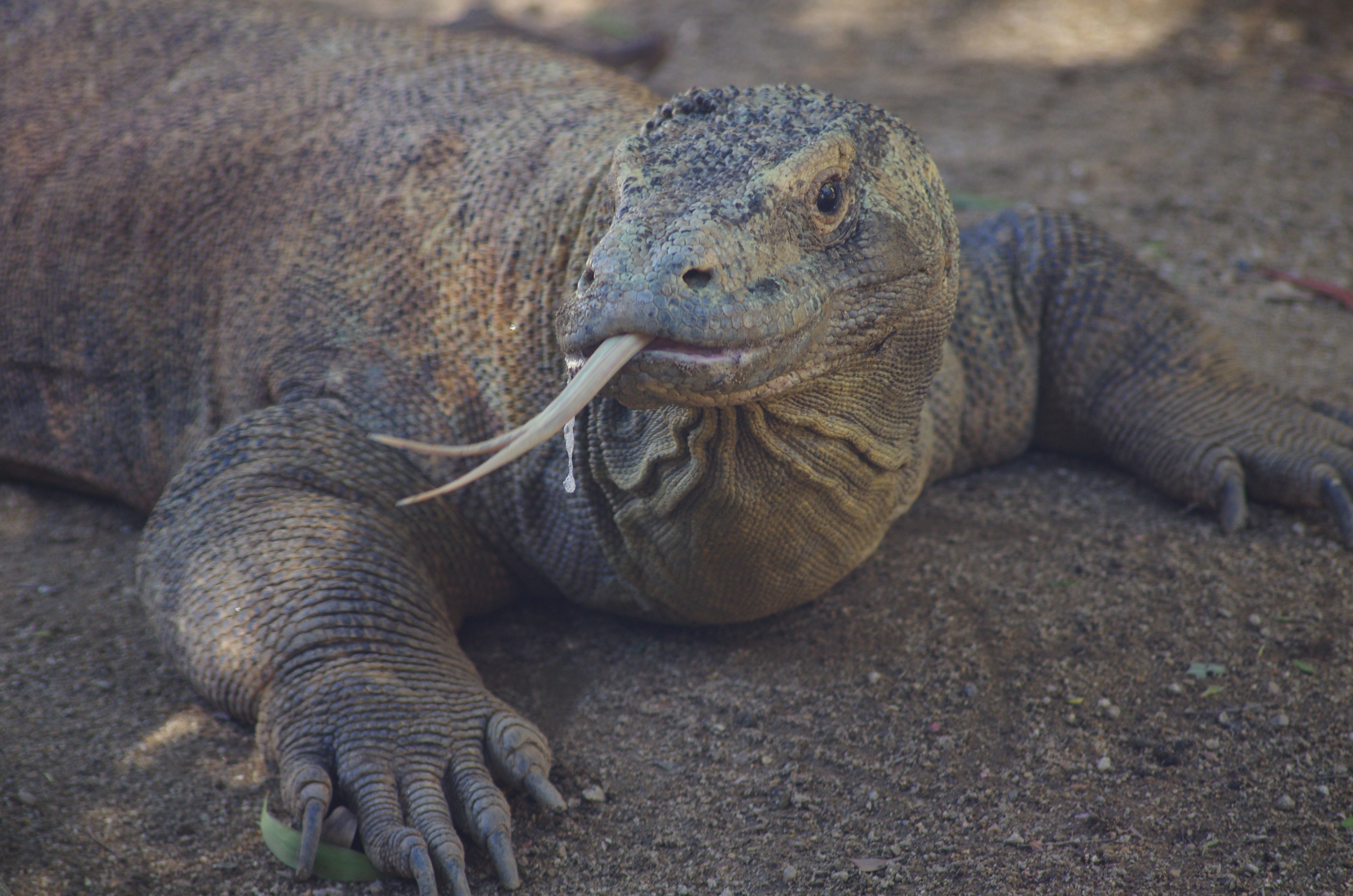
The Komodo dragon, the largest living species of lizard, inhabits the remote islands of Indonesia. With its massive size, powerful build, and fearsome reputation, the Komodo dragon has become a symbol of prehistoric might and a subject of fascination for zoologists and storytellers alike. Komodo dragons possess a keen sense of smell and a venomous bite, which they use to hunt and subdue prey. Their ability to take down animals much larger than themselves has earned them a fearsome reputation, inspiring tales of dragons and mythical beasts. Despite their fearsome appearance, Komodo dragons play a vital role in their ecosystem, controlling populations of prey species. In local folklore, the Komodo dragon is often depicted as a guardian of the islands, a creature of immense power and wisdom. Its existence has inspired countless myths and legends, blurring the lines between reality and imagination. The Komodo dragon serves as a reminder of the ancient forces that shaped our world and the enduring allure of the unknown.
7. The Ethereal Glass Frog: Transparent Wonder
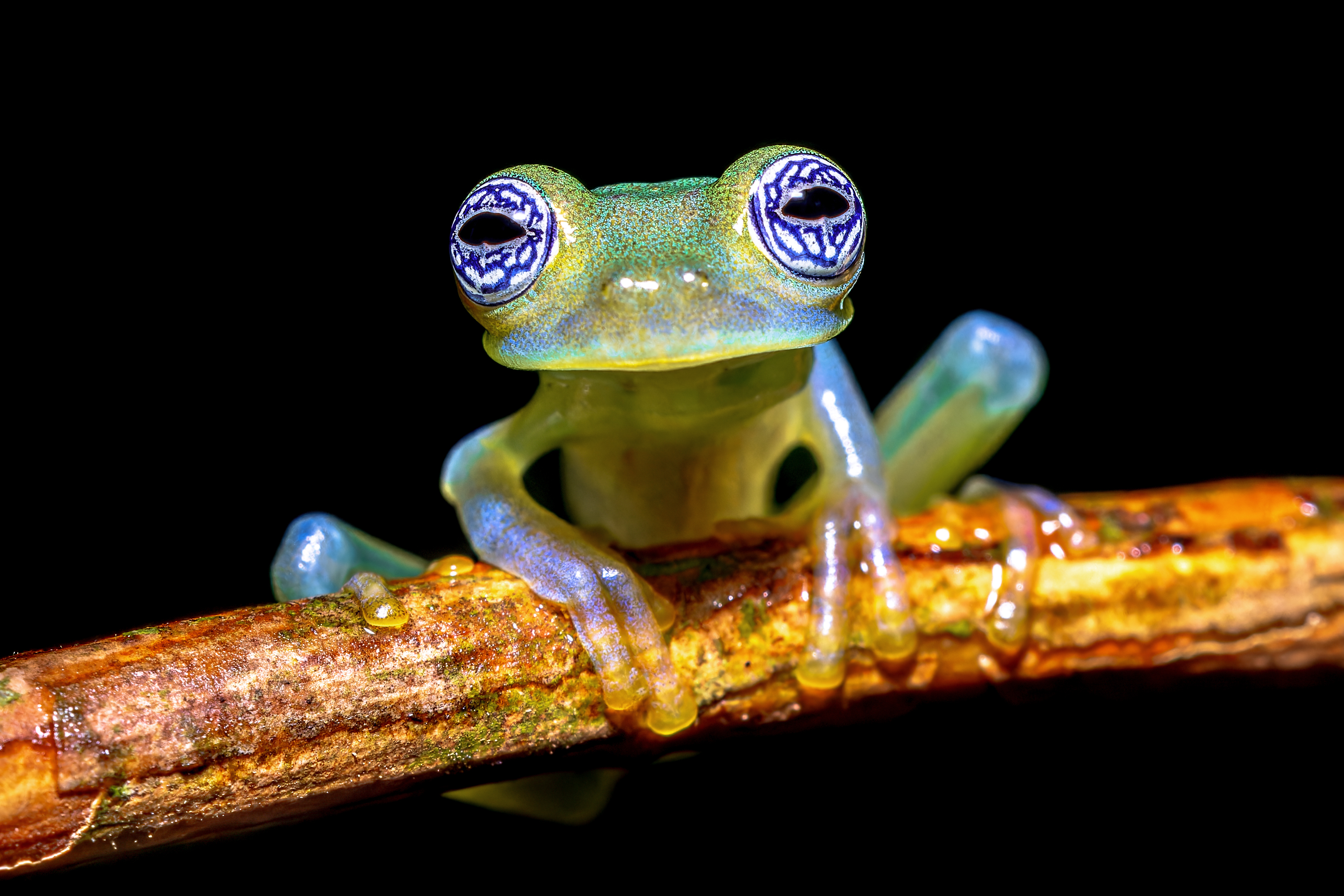
High in the cloud forests of Central and South America dwells the glass frog, a creature of delicate beauty and transparency. Named for its translucent skin, the glass frog offers a glimpse into its internal anatomy, with organs and bones visible to the naked eye. This unique feature has made the glass frog a subject of fascination and study. The glass frog's transparency is believed to serve as a form of camouflage, helping it evade predators by blending into its surroundings. Its nocturnal lifestyle and arboreal habitat further enhance its ability to remain hidden, making it a master of disguise. Despite its small size, the glass frog plays a crucial role in its ecosystem as both predator and prey. In folklore, the glass frog is often associated with themes of invisibility and transformation, embodying the magic of the rainforest. Its ethereal appearance and mysterious habits have inspired tales of enchanted creatures and hidden worlds. The glass frog invites us to explore the wonders of nature and the secrets that lie beneath the surface.
8. The Astonishing Leafy Seadragon: Oceanic Enigma
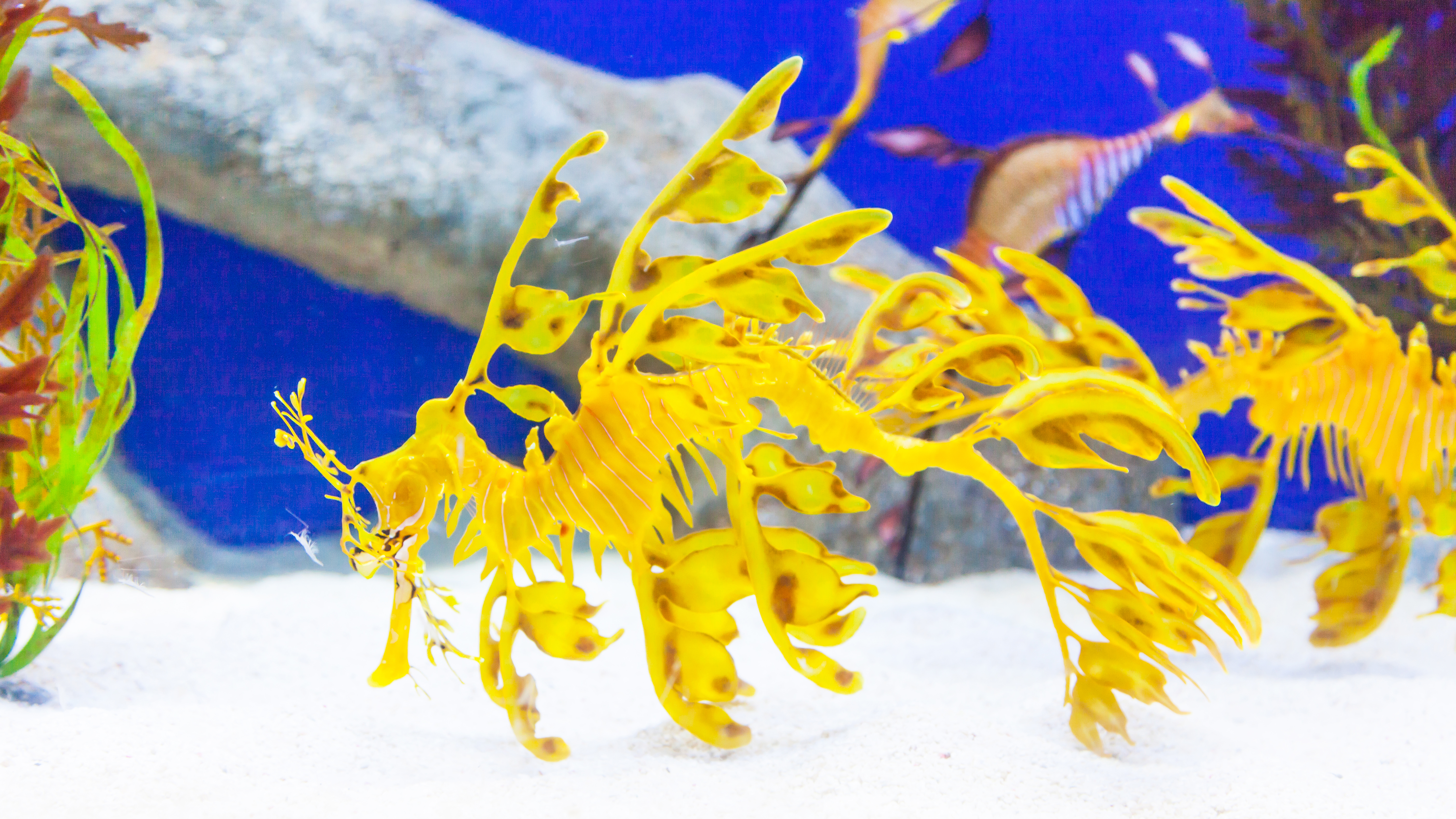
The leafy seadragon, a relative of the seahorse, is a true marvel of the ocean, resembling a piece of drifting seaweed. Found along the southern and western coasts of Australia, this creature is a master of camouflage, blending seamlessly into its kelp forest habitat. The leafy seadragon's elaborate appendages and vibrant coloration serve as both camouflage and communication, allowing it to avoid predators and interact with others of its kind. Unlike seahorses, leafy seadragons lack a prehensile tail, relying on their leaf-like fins for movement and stability in the water. In marine folklore, the leafy seadragon is often depicted as a guardian of the sea, a creature of beauty and mystery. Its intricate appearance and graceful movements have inspired tales of oceanic spirits and mythical guardians. The leafy seadragon challenges our perceptions of the natural world and the boundaries between reality and fantasy.
9. The Mythical Saola: Asian Unicorn
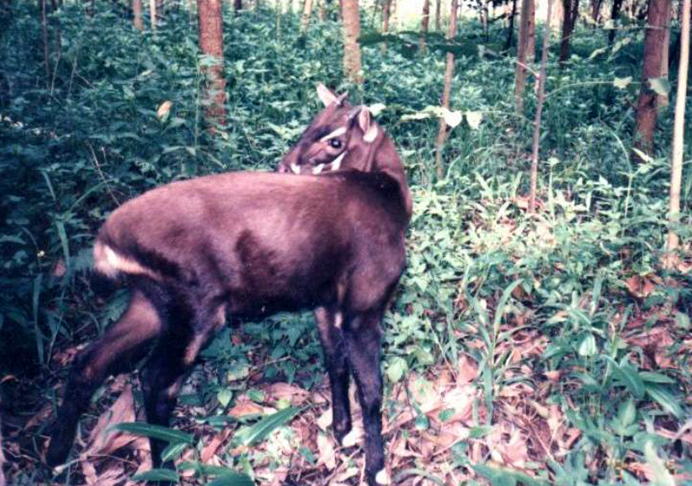
The saola, often referred to as the "Asian unicorn," is one of the most elusive and enigmatic creatures on Earth. Discovered only in 1992 in the Annamite Mountains of Vietnam and Laos, the saola has captivated the scientific community with its rarity and mysterious nature. The saola's striking appearance, with long, slender horns and a gentle demeanor, has earned it a place in local folklore as a symbol of purity and grace. Despite its unicorn-like appearance, the saola is a member of the bovine family, closely related to cattle and antelopes. Its elusive nature and remote habitat have made it a symbol of the hidden wonders of the natural world. In mythology, the saola is often depicted as a creature of peace and harmony, a guardian of the forest and a bringer of good fortune. Its existence challenges our understanding of biodiversity and the secrets that nature still holds. The saola serves as a reminder of the fragility and beauty of life on Earth and the importance of conservation efforts to protect these rare and wondrous creatures.
10. The Spectral Aye-Aye: Nocturnal Enigma
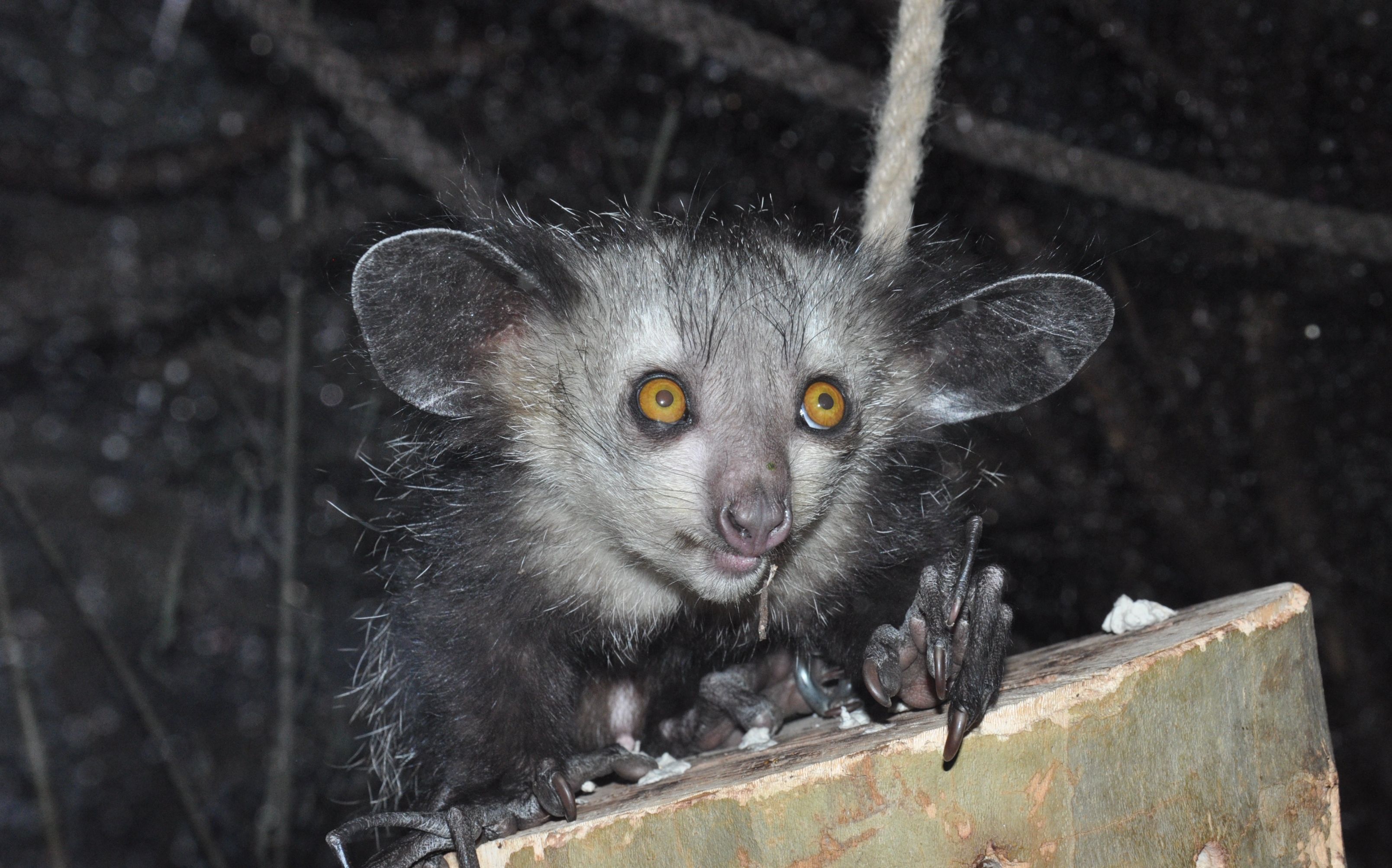
In the dense forests of Madagascar resides the aye-aye, a creature of peculiar appearance and nocturnal habits. With its large eyes, elongated fingers, and bat-like ears, the aye-aye seems to have emerged from a realm of fantasy, embodying the mystery and magic of the night. The aye-aye's unique adaptations make it a master of nocturnal foraging, using its specialized middle finger to tap on tree bark and locate insect larvae. This echolocation-like ability, coupled with its keen sense of hearing, allows the aye-aye to thrive in its arboreal habitat, evading predators and securing food. In Malagasy folklore, the aye-aye is often viewed with superstition and fear, believed to be a harbinger of death or misfortune. Despite these beliefs, the aye-aye plays a crucial role in its ecosystem, contributing to seed dispersal and insect control. Its enigmatic appearance and nocturnal lifestyle have inspired tales of spirits and supernatural beings, blurring the lines between reality and imagination.
Embracing the Wonders of Nature
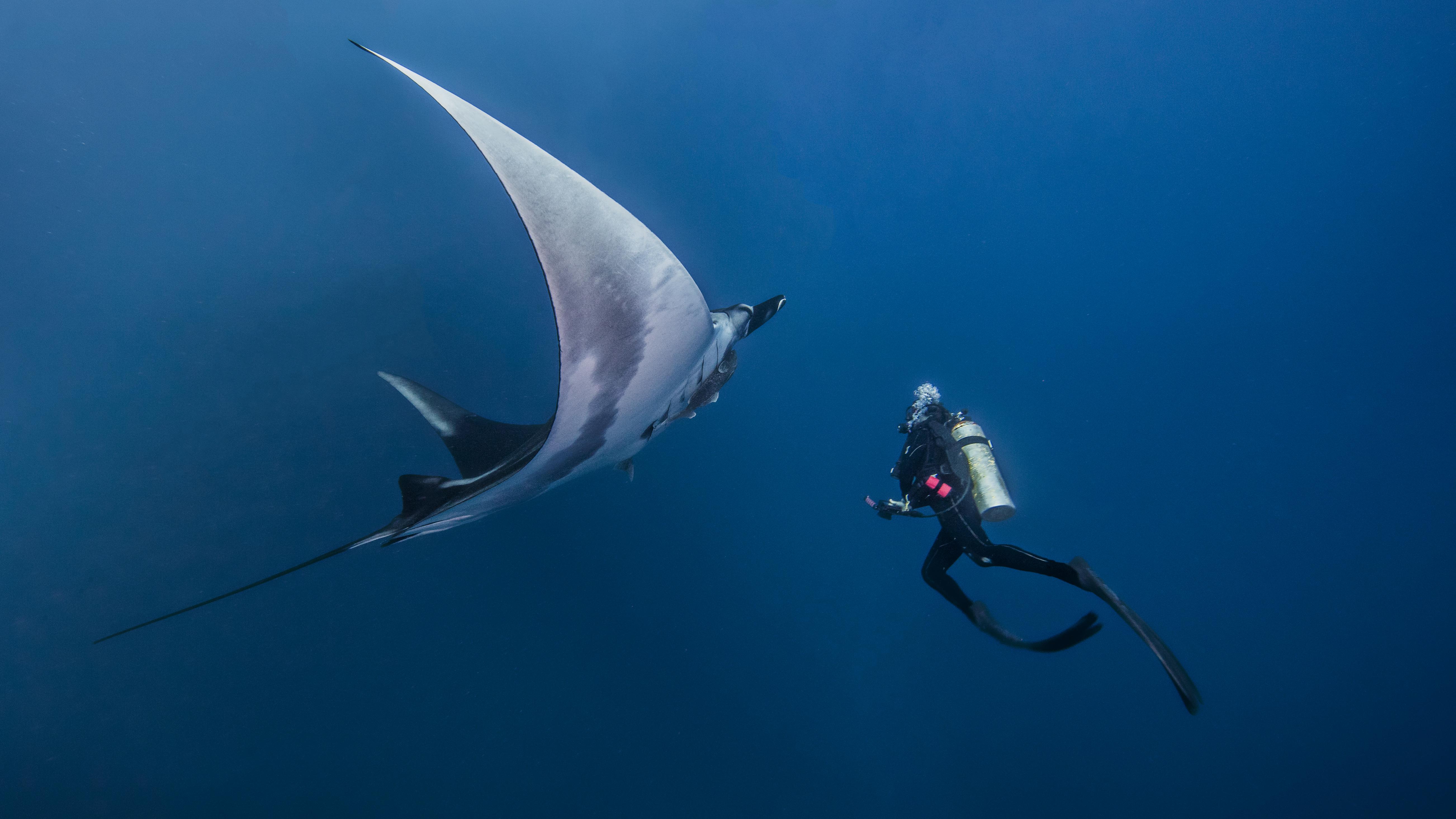
As we conclude our journey through the realm of reality and imagination, we are reminded of the boundless creativity of nature and the enduring power of human storytelling. The creatures we have explored are not mere figments of fantasy; they are living testaments to the diversity and complexity of life on Earth. Each one challenges our perceptions and invites us to ponder the mysteries of the natural world. From the icy waters of the Arctic to the lush rainforests of Madagascar, these creatures embody the magic and wonder that inspire myths and legends. They remind us that the world is full of hidden wonders and that the boundaries between reality and imagination are often more fluid than we realize. As we continue to explore and discover the wonders of nature, let us embrace the magic and mystery that these creatures represent. They are a testament to the beauty and resilience of life on Earth and a reminder of the importance of preserving the natural world for future generations. Let us celebrate the extraordinary and strive to protect the wonders that make our planet a place of endless fascination and inspiration.







